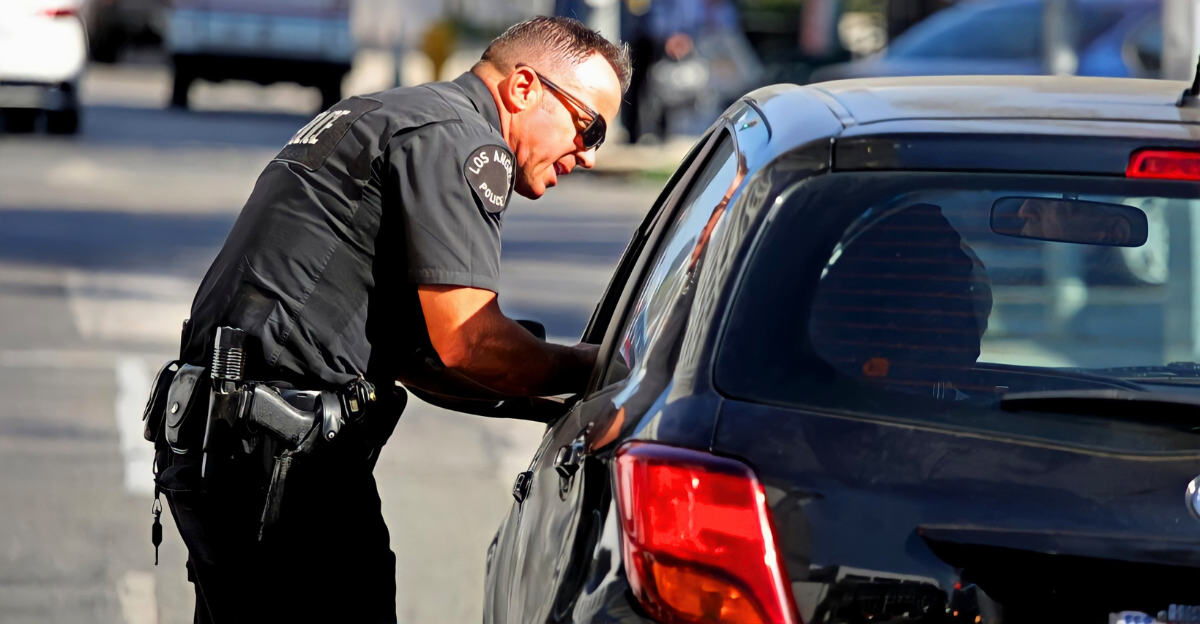
Many California drivers have been caught off guard by a new law generating millions in revenue for the government. San Diego alone has collected over $717,000 from daylighting violations in just five months of 2025, issuing 6,133 citations at $117 each.
The enforcement targets vehicles parked within 20 feet of crosswalks, even without red curbs or warning signs. Sacramento has implemented a different approach, with $25 fines starting July 1, 2025, while Los Angeles County charges $63 per violation.
Stealth Enforcement
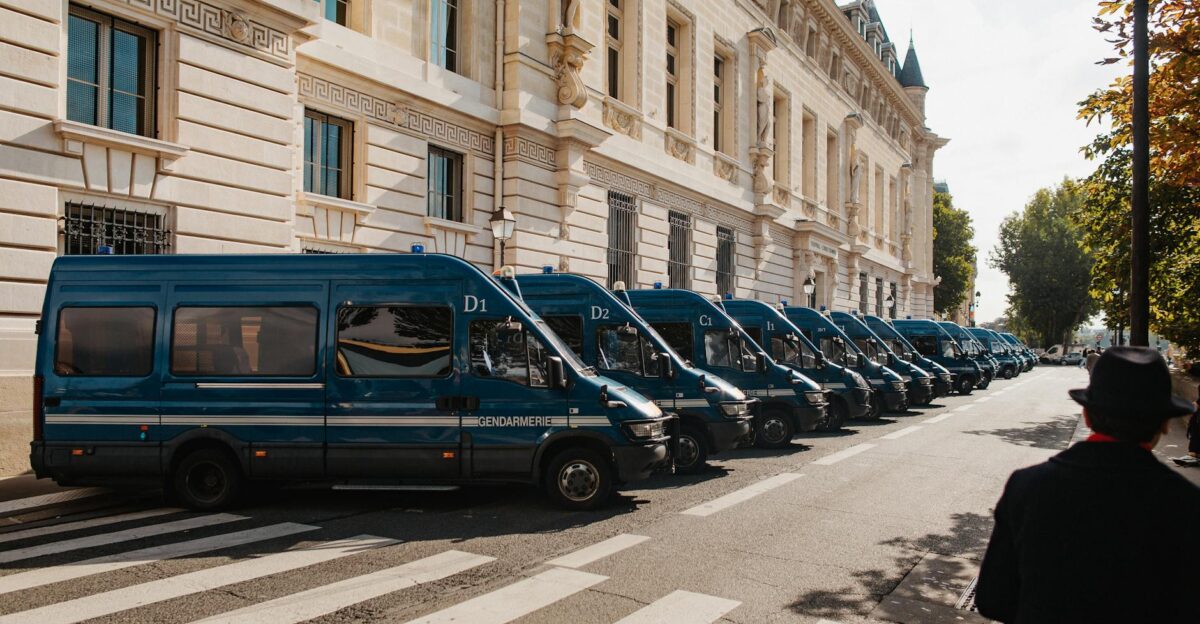
Cities across California are issuing parking citations under a law that operates without traditional visual warnings. Assembly Bill 413, known as the “daylighting law,” prohibits parking within 20 feet of any crosswalk regardless of curb markings or signage.
This creates a situation where drivers can receive citations in areas that appear perfectly legal to park.
Legal Foundation
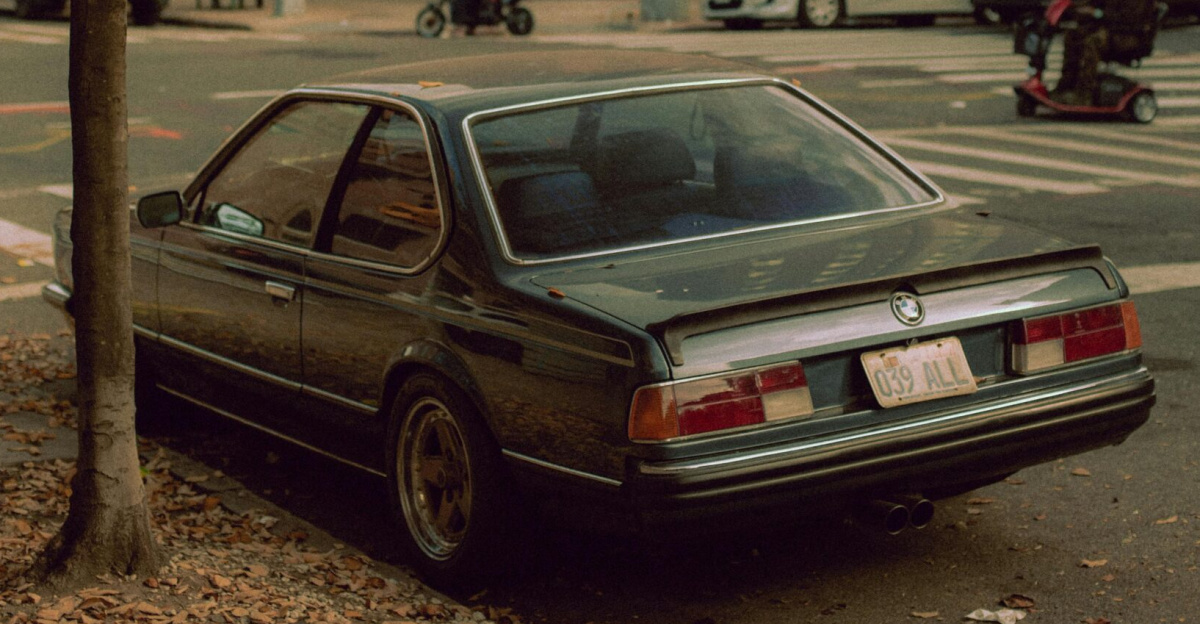
Assembly Bill 413 emerged from California’s Vision Zero initiative to eliminate traffic-related fatalities and serious injuries. Authored by Assemblymember Alex Lee and signed by Governor Gavin Newsom in October 2023, the law makes California join more than 40 states with daylighting restrictions.
Before this law, California lacked uniform enforcement of crosswalk proximity parking rules, leading to driver confusion across jurisdictional boundaries.
Warning Period Ends
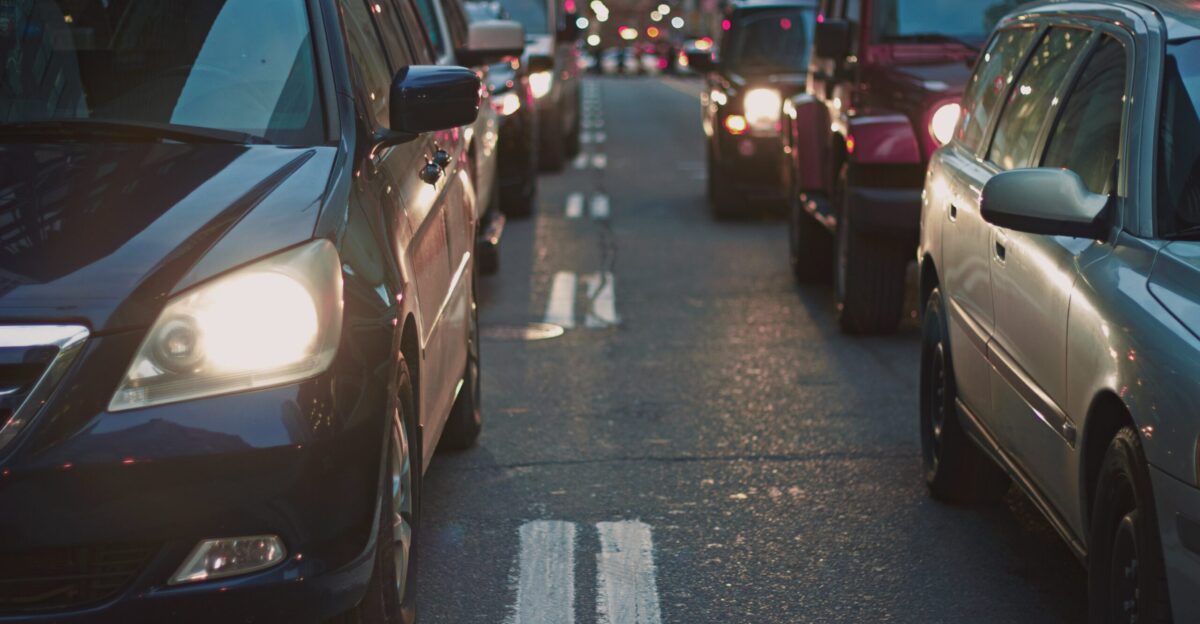
The transition from warnings to citations marked a critical escalation in enforcement. Throughout 2024, most jurisdictions issued only warnings to violators, allowing drivers time to adjust to the new requirements.
However, starting January 1, 2025, cities gained full enforcement authority to issue citations whether or not visual markings exist. The Federal Highway Administration notes that approximately half of all traffic-related injuries occur near intersections, driving the policy rationale.
Citation Explosion
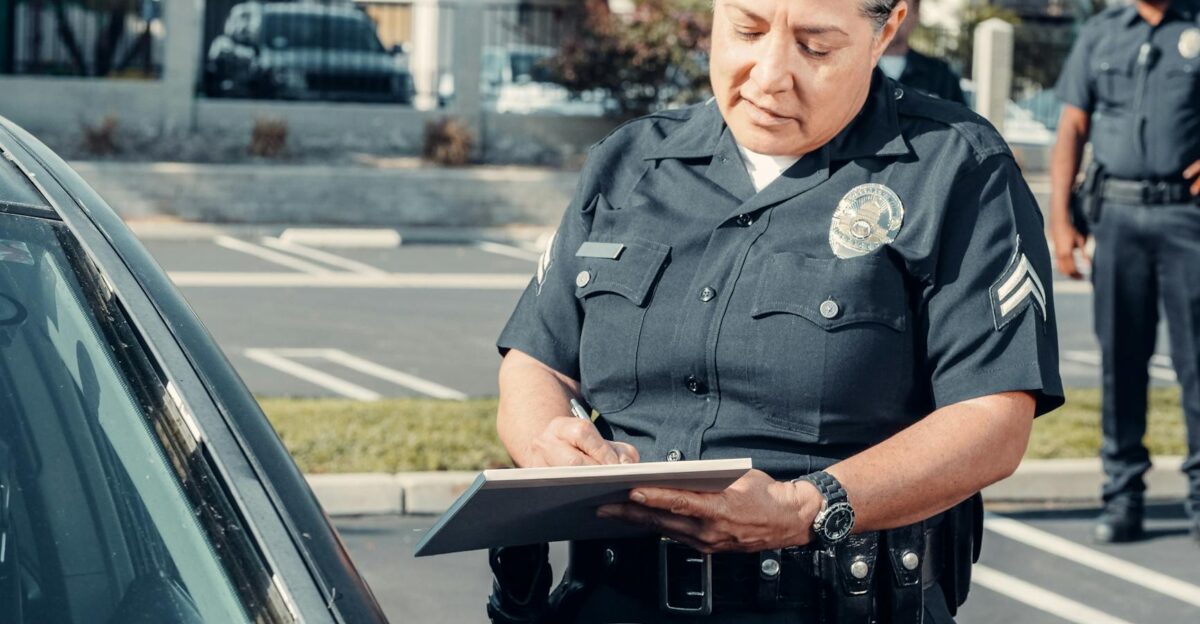
San Diego’s parking enforcement division issued 6,133 daylighting citations between January and May 2025, generating $717,481 in revenue at $117 per violation.
The city’s enforcement strategy focuses heavily on popular areas like La Jolla, Ocean Beach, and downtown districts where parking scarcity makes the 20-foot buffer particularly challenging for drivers.
Regional Impact
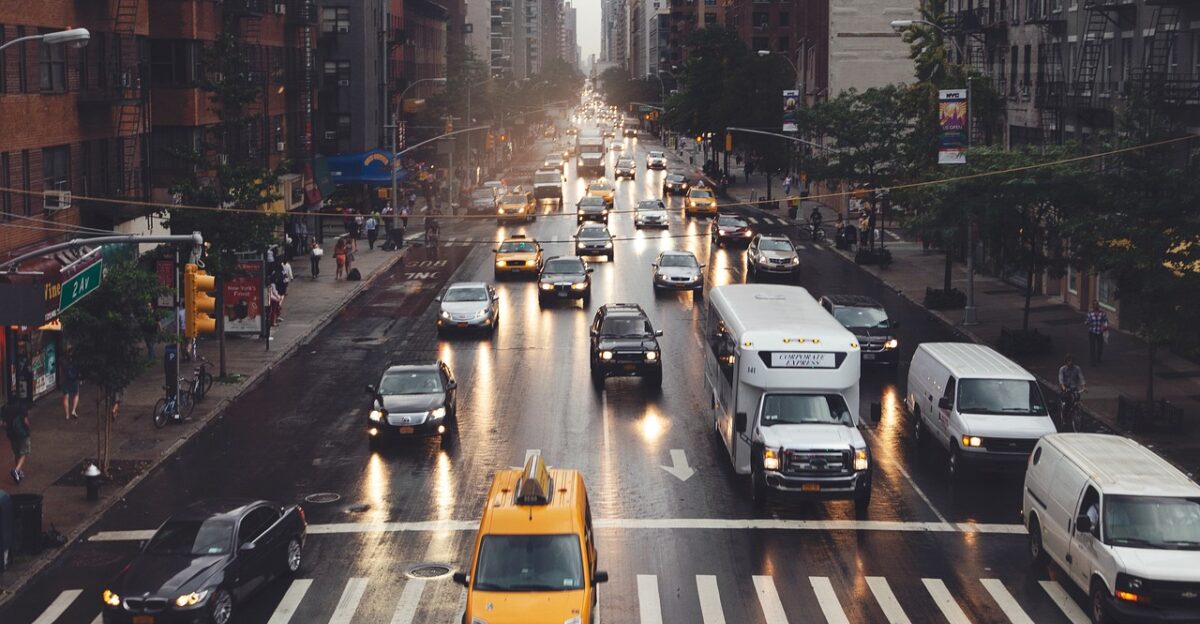
The law’s implementation varies dramatically across California’s major metropolitan areas. Sacramento’s $25 fine structure contrasts sharply with San Diego’s $117 penalties and Los Angeles County’s $63 charges, creating a patchwork of driver enforcement costs.
The impacts spread beyond drivers, and small businesses near intersections report losing customers due to reduced parking availability.
Driver Confusion

Motorists across California express frustration with the law’s invisible enforcement zones. Unlike traditional parking restrictions marked by red curbs or signs, daylighting violations can occur at any intersection regardless of visual indicators.
The city of Martinez warns residents that “this new State law applies to ALL of California, and other cities may begin citing for illegal parking before a crosswalk, even if there is no red curb or sign present.”
LA’s Money Problems
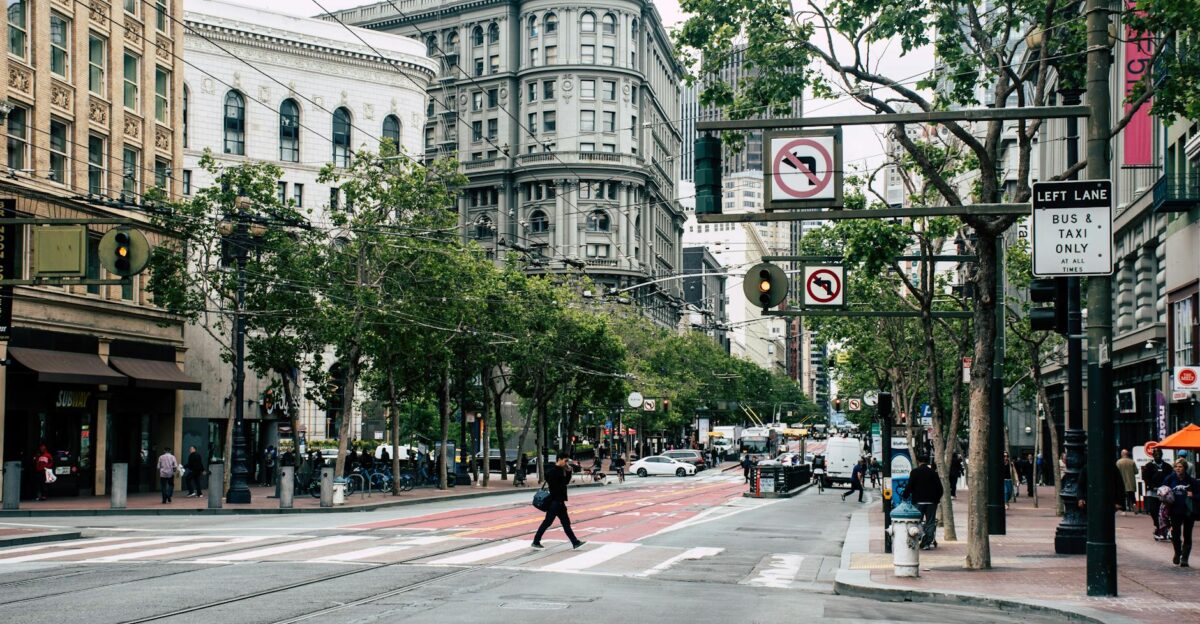
While San Diego is raking in daylighting dollars, Los Angeles shows how parking enforcement can lose money. In 2024, LA spent $176 million on parking enforcement but only collected $110 million in fines, creating a $66 million hole in the budget.
The city eliminated 63 enforcement jobs to save money, so it can’t capitalize on new ticket opportunities like daylighting violations. This is happening while LA faces a projected $1 billion budget crisis.
Safety Questions
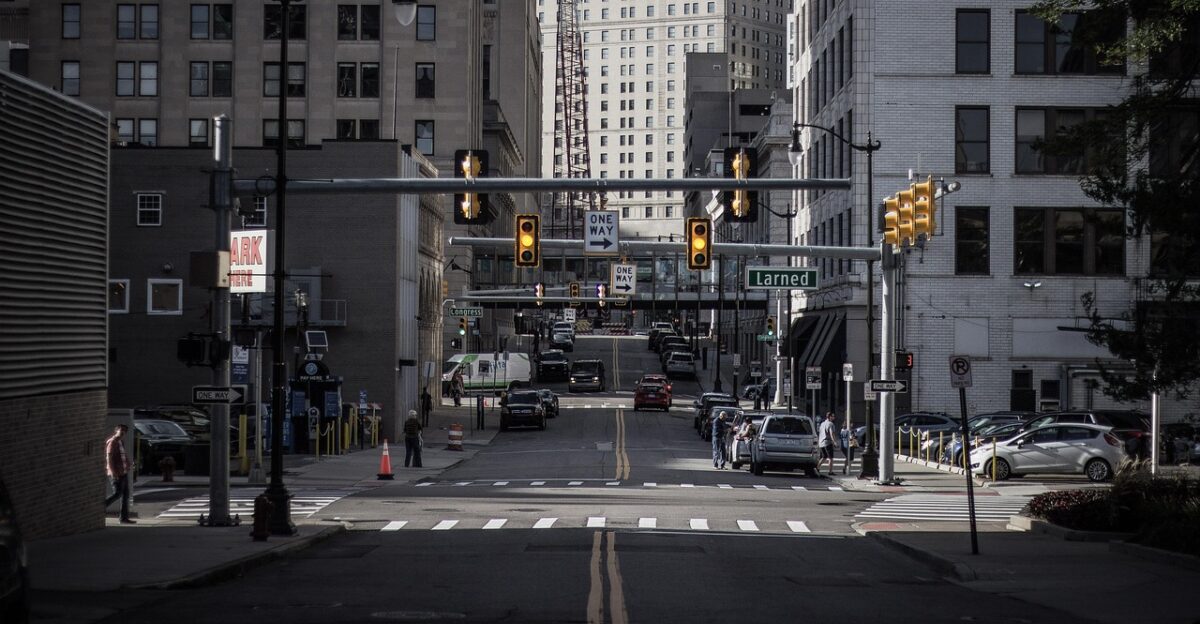
While many drivers pay the penalties, many wonder if this law actually makes streets safer. A January 2025 study by the NYC DOT found that intersections with daylighting restrictions had 30% more pedestrian injuries than regular intersections.
That raises questions about whether California’s approach works. Still, state officials point to 1,108 pedestrian deaths and 125 cyclist deaths in California during 2021 as proof that something needs to change on dangerous roads.
Rich vs. Poor

Critics bring up a wealth disparity, saying that rich drivers will treat these fines as expensive parking fees while working-class families get hit financially. Sacramento’s $25 ticket might be affordable for some people, which could undermine the safety goals.
Meanwhile, San Diego’s $117 fine could force lower-income drivers to pay tickets and buy groceries. The wide range of fines across different cities creates an unfair system based on where you happen to park.
Budget Addiction

Cities are becoming addicted to daylighting ticket revenue, which creates problematic incentives. San Diego’s projected $3 million annual haul represents serious money that budget planners now count on.
Those opposing the new law argue that cities keep enforcement invisible instead of installing clear red curbs or warning signs to maximize ticket revenue. This suggests that making money, not improving safety, has become the priority.
Business Backlash
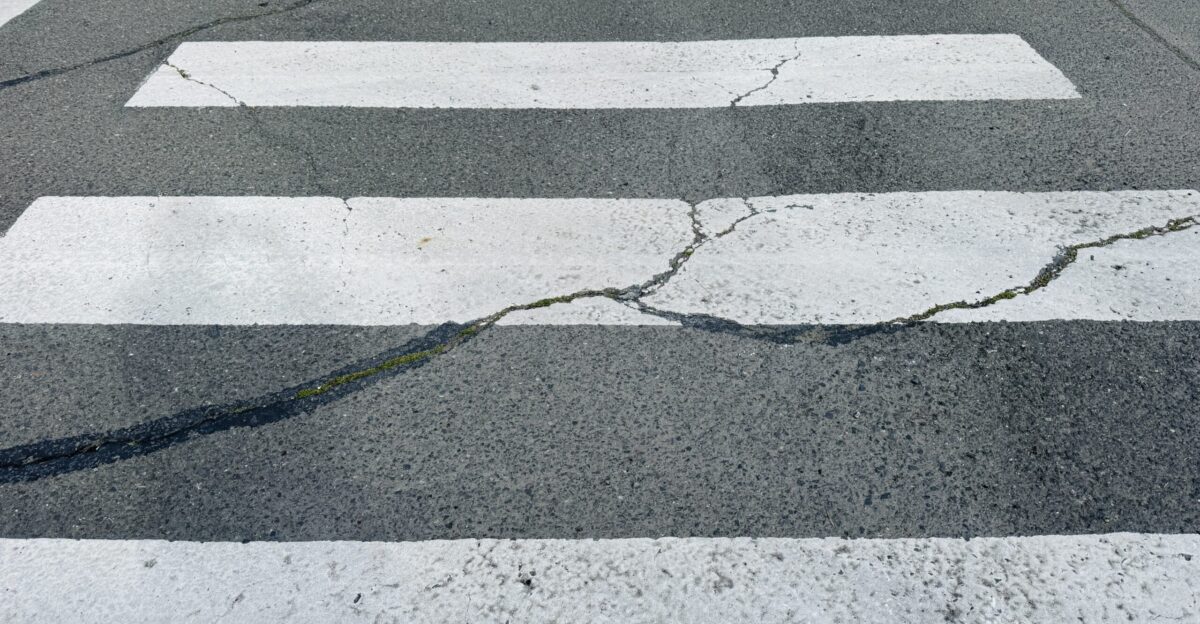
Small business owners near intersections are getting squeezed from both sides. Customers complain about surprise tickets and reduced parking options, while business groups organize opposition to unmarked enforcement.
Some cities have slowed down implementation or reduced enforcement after hearing complaints. The controversy has lawmakers discussing whether to require visible markings before tickets can be issued, though that would require changing the current law.
Robot Enforcement
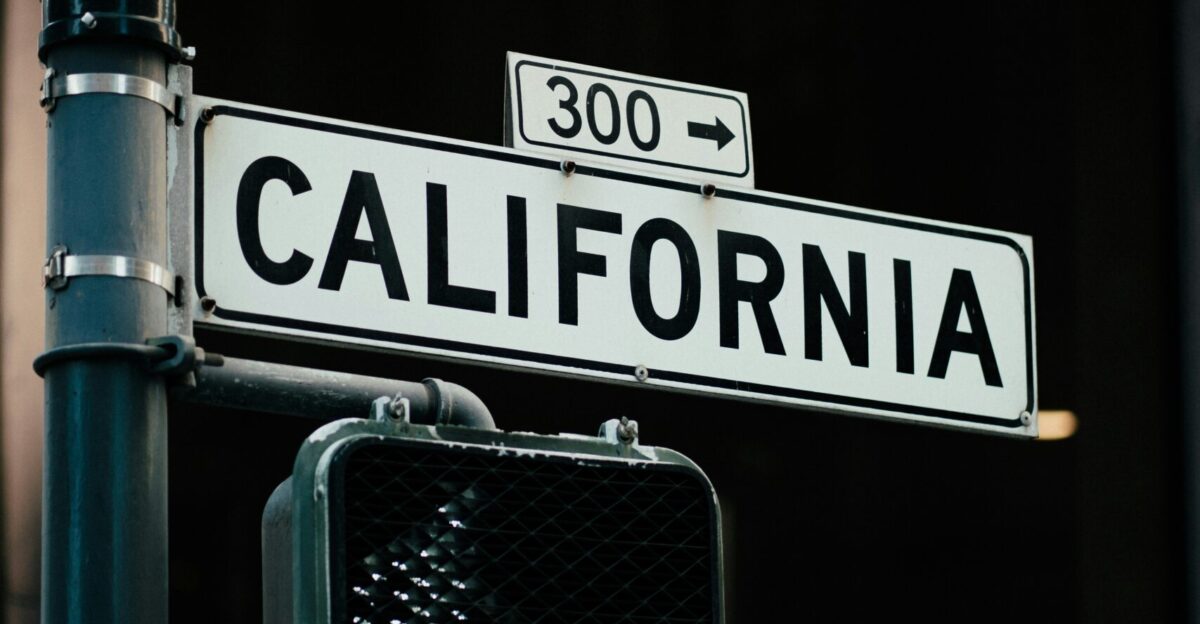
Los Angeles is testing AI-powered bus cameras to automatically spot parking violations, though they’re not yet used for daylighting tickets. These robot enforcement systems have issued nearly 10,000 citations for bus lane violations at $293 each.
The technology raises concerns about fairness and whether removing human judgment from parking enforcement will worsen the public relations problem for cities already dealing with angry drivers.
Legal Fights

Lawyers are starting to challenge daylighting tickets in court, especially when there are no visible markings to warn drivers. These legal battles could clog up court systems and affect cities’ revenue. Some legal experts think cities that aggressively ticket unmarked areas could face large class-action lawsuits from groups of affected drivers.
The core legal question is whether it’s fair to ticket people for breaking rules they had no way of knowing existed.
Uncertain Future
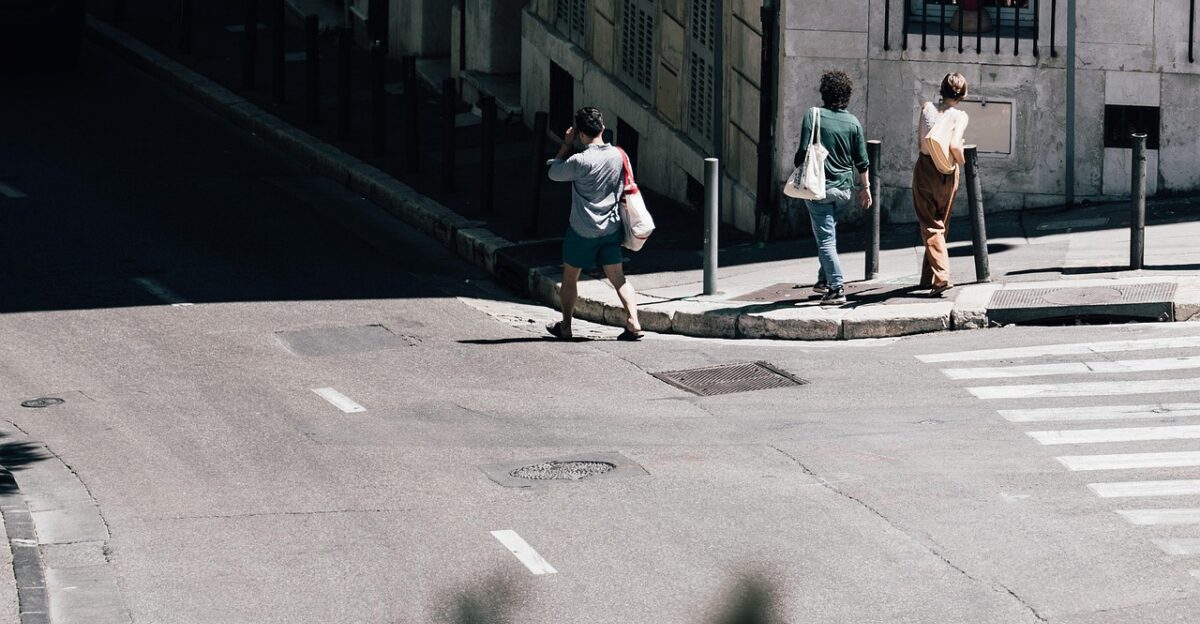
Nobody knows how this experiment will end. California has 482 cities that could all implement different versions of daylighting enforcement, creating a confusing patchwork of rules for drivers.
Some cities might abandon the program if legal costs are too high or public opposition becomes too intense. The controversy over invisible enforcement zones might force lawmakers to change the law and require warning signs, completely changing how the system works.
The Big Question
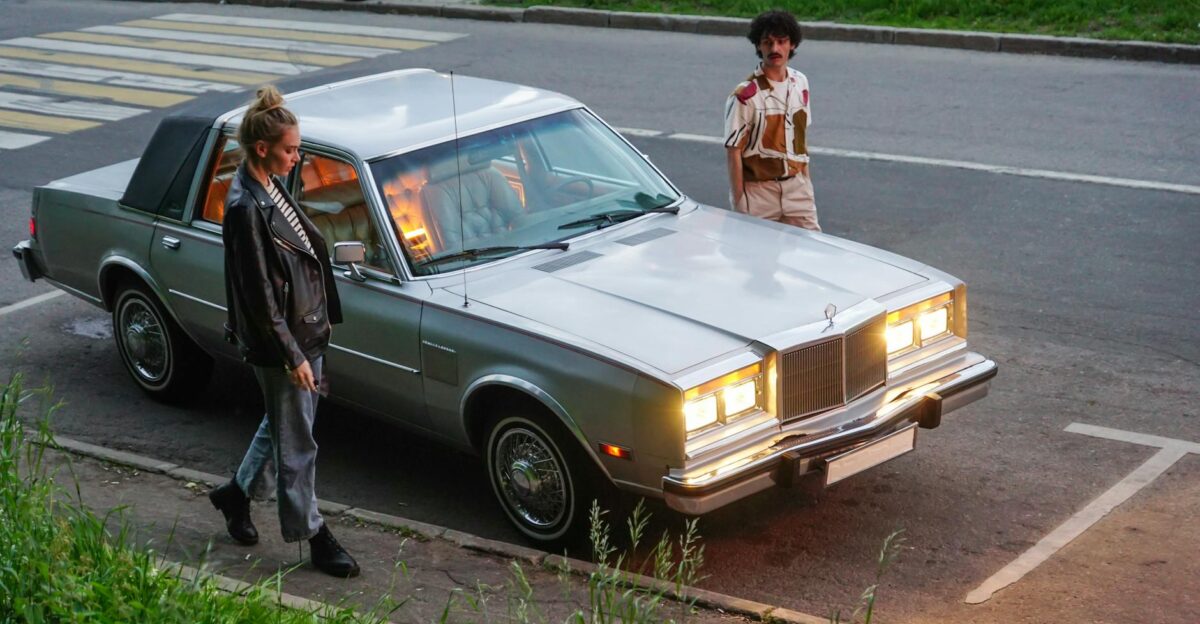
So far, the law has proven to generate revenue, while the safety benefits remain unclear.
As more cities adopt enforcement measures and potentially raise fine amounts, public pressure for reform will likely grow. The real test is whether this law saves lives or fills city pockets while frustrating drivers who feel trapped by invisible rules.






